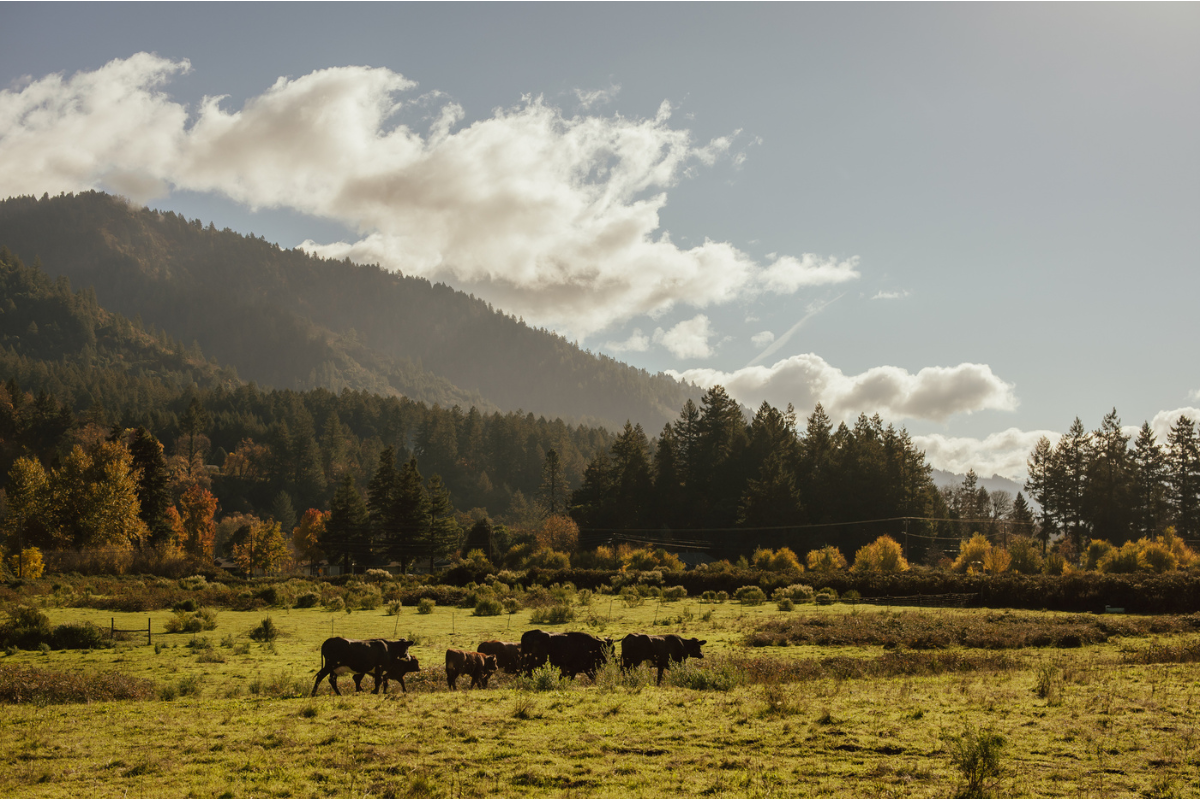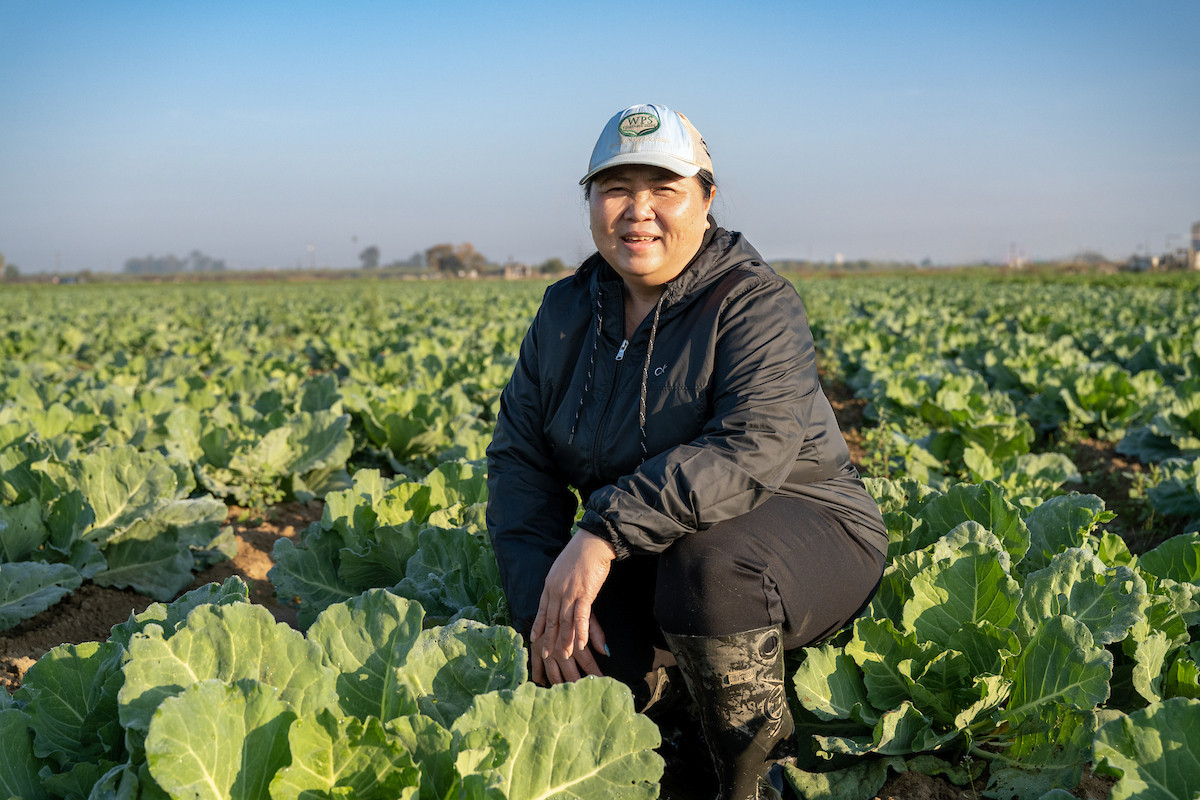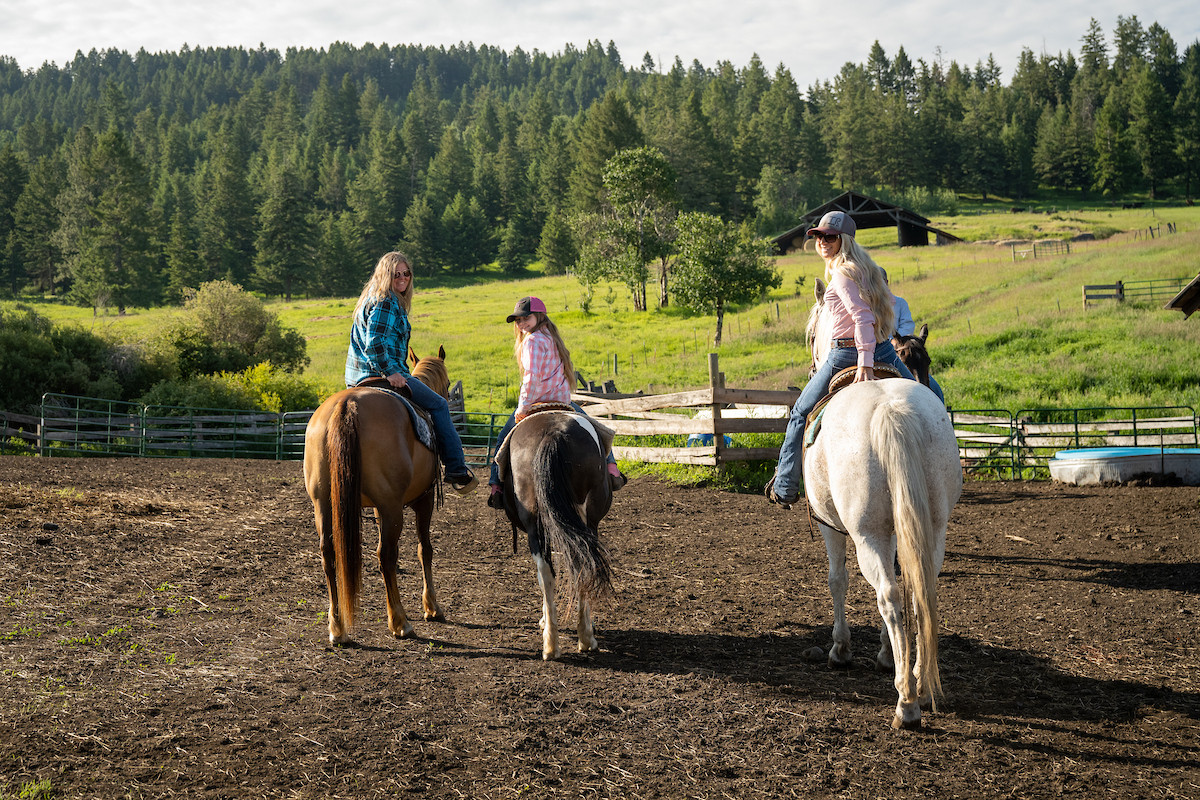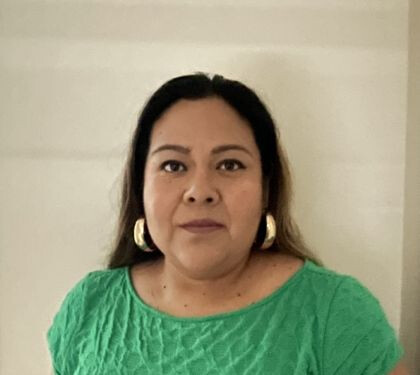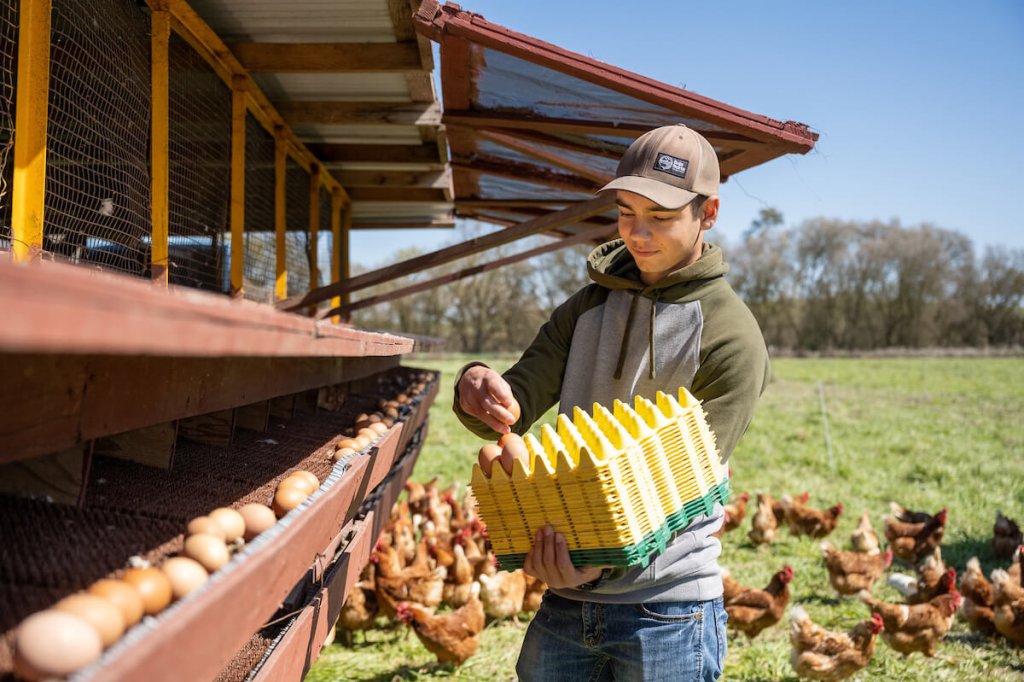California Women for the Land
Helping California Women Lead in Regenerative Agriculture
California agriculture is experiencing extreme transitions. The threat to agricultural land in California is among the nation’s highest, and climate change is bringing new stressors to agricultural businesses. Furthermore, the COVID-19 pandemic has brought into full relief the critical role that farm and food system workers play in ensuring community food security. California’s agricultural sector will need unprecedented collaboration, innovation, and equity to continue to thrive.
California women farmers in agriculture represent an under-utilized ally in the effort to navigate these challenges. Though historically relegated to less visible roles in agriculture, women have always been critical to the success of California’s farms and ranches. Increasingly, women are pursuing leadership roles as farm managers, farmland owners, and advocates for sound agricultural policies that provide real solutions to the industry’s challenges.
With women and girls now outpacing their male counterparts in 4-H and higher education programs related to agriculture, the future of agriculture is increasingly female.
In 2017, women represented 37% of California’s total producers, placing the state not even in the top ten in the U.S. for its proportion of women producers.
Women and farmers of color also remain underrepresented in federal funding that supports conservation in California, with just 14% of NRCS conservation practice incentive contracts going to white women and only 2% to non-white women between 2015 and 2020.
Clearly, there is work to do. Our Women for the Land (WFL) Initiative works to address gender-related barriers in collaboration with partners across California through peer-to-peer learning, research, and policy advocacy. We’re helping women and femmes find their power, access the resources they need, and tap into networks to support their success.


